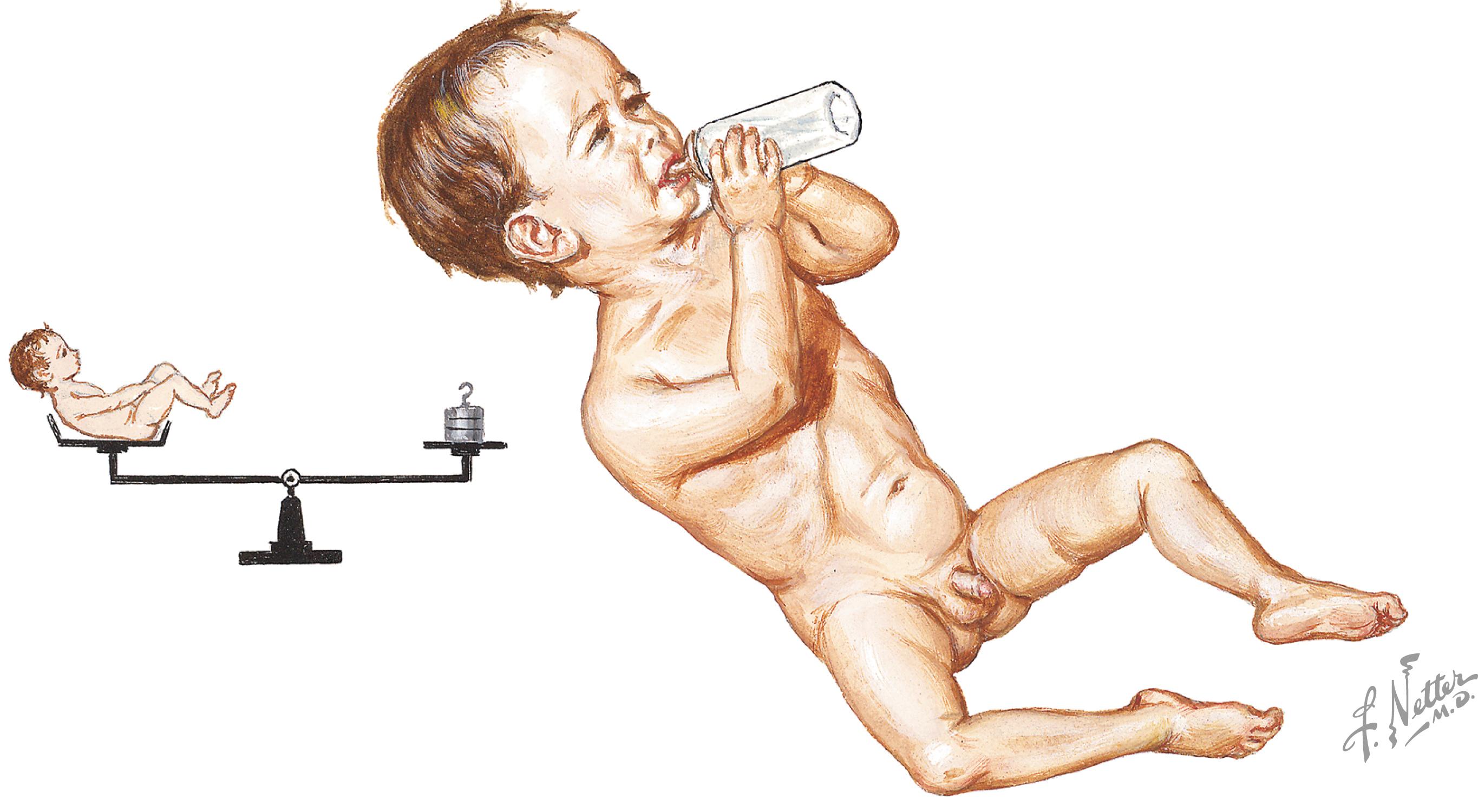Physical Address
304 North Cardinal St.
Dorchester Center, MA 02124
The author acknowledges S. Michael Marcy and Susan Partridge for their contribution to the previous edition chapter.
Rotavirus infections are the most common cause of severe dehydrating gastroenteritis worldwide. In developing countries, virtually all children have been infected by 2 to 3 years of age. Rotaviruses are segmented, nonenveloped, double-stranded ribonucleic acid (RNA) viruses that belong to the family Reoviridae. There are eight distinct groups (A through H). Group A viruses cause the majority of rotavirus diarrhea worldwide; groups B and C are also associated with gastroenteritis. Among group A viruses, the antigens residing on the outer capsid of VP7 (G type) and VP4 (P type) proteins determine the genotype; five strains account for more than 90% of infections and these serve as the primary vaccine targets. Clinical presentations are characterized by varying severity of vomiting, diarrhea, and fever, either alone or in combination. Illness may be mild or asymptomatic, particularly in neonates, older children, and adults. Infection is self-limited and treatment is supportive, directed at maintaining fluid and electrolyte balance and nutrition. Natural infection is generally protective against subsequent severe illness. Immunization has markedly reduced the rates of illness and death previously associated with rotavirus gastroenteritis. Two highly effective rotavirus vaccines are recommended for routine use.
A 6-month-old male infant is brought to the emergency department (ED) for a second time because of increasing lethargy. He was seen in the ED less than 24 hours ago with a febrile seizure; his temperature was 103.4°F. The child’s mother had also reported vomiting and diarrhea for the past 48 h. At this initial visit, he was observed over several hours and reportedly was a playful, active, and well-appearing infant without evidence of dehydration. No labs were obtained. Since then he has continued to vomit occasionally and has had multiple watery stools, without blood or mucus. He continues to have low-grade fevers, maximum body temperature 101.2°F. He has been too tired to take formula. Mom cannot recall the last time he urinated.
He was previously well until onset of symptoms. He is an otherwise healthy baby without history of prematurity or other complicated infections. He attends daycare, and the family was just notified that multiple other infants have similar symptoms.
On exam you note that the infant is limp in his mother’s arms. He has a weak cry and does not withdraw from venous sampling. His eyes are sunken and mucous membranes are dry. Serum sodium level is 166 mEq/L, bicarbonate 10.6 mmol/L, anion gap 32.4 mEq/L, and creatinine 2.4 mg/dL. Multiplex gastrointestinal polymerase chain reaction panel is positive for rotavirus and negative for all other pathogens.
COMMENT: Due to severe dehydration the infant was hospitalized and started on parenteral fluids. After 48 h, he was switched to oral rehydration and then advanced to his regular formula. Upon discharge home his mother was given instructions on hygienic measures to prevent transmission to others in the household.
Rotavirus gastroenteritis is the most common cause of severe dehydrating diarrhea in infants and young children worldwide. Before the availability of rotavirus immunization almost all children acquired infection by age 3 years, irrespective of their geographic location or living conditions. In the United States, infection was responsible for a significant number of pediatric office and ED visits as well as hospitalizations. Based on the Centers for Disease Control and Prevention (CDC) surveillance from 2007 to 2018, the median annual percentage of rotavirus positive tests declined from 25.6% to 6.1% during the postvaccine period. Rotavirus still causes approximately 200,000 child deaths each year, although this is a remarkable improvement over previous estimates. Still, 75% of the world’s infants remain unvaccinated. Shifts in strain prevalence have been observed with introduction of current vaccine options. However, vaccine efficacy remains high, likely due to robust cross-protection.
Transmission of infection is primarily fecal-oral via person-to-person spread and contact with contaminated environmental surfaces where this virus can remain infectious for weeks to months. Contamination of water and food has caused outbreaks; respiratory droplet transmission may play a minor role. Rotavirus is shed in the stool of infected children not only during the acute illness but also several days before and after. The high rate of transmission and prevalence of early childhood infection is likely potentiated by a combination of intense viral shedding during clinical disease (up to 10 12 virions per gram of stool) together with a small oral infective dose (as few as 100 particles).
Risk factors for illness in infancy include use of formula rather than breastfeeding, low birth weight, residence in a household with one or more children younger than 2 years of age, attending a childcare facility, male gender, and young maternal age ( Fig. 9.1 ).

Become a Clinical Tree membership for Full access and enjoy Unlimited articles
If you are a member. Log in here